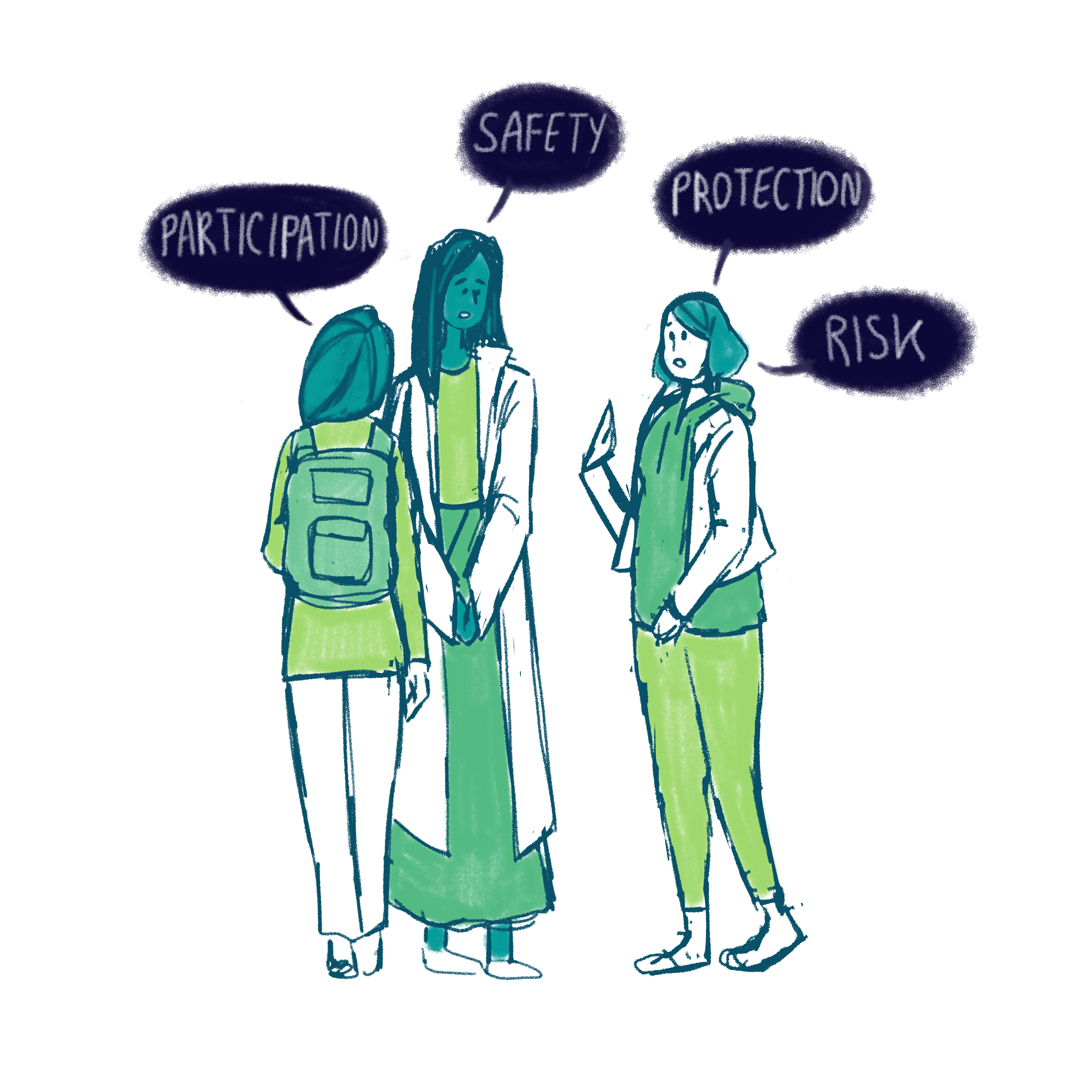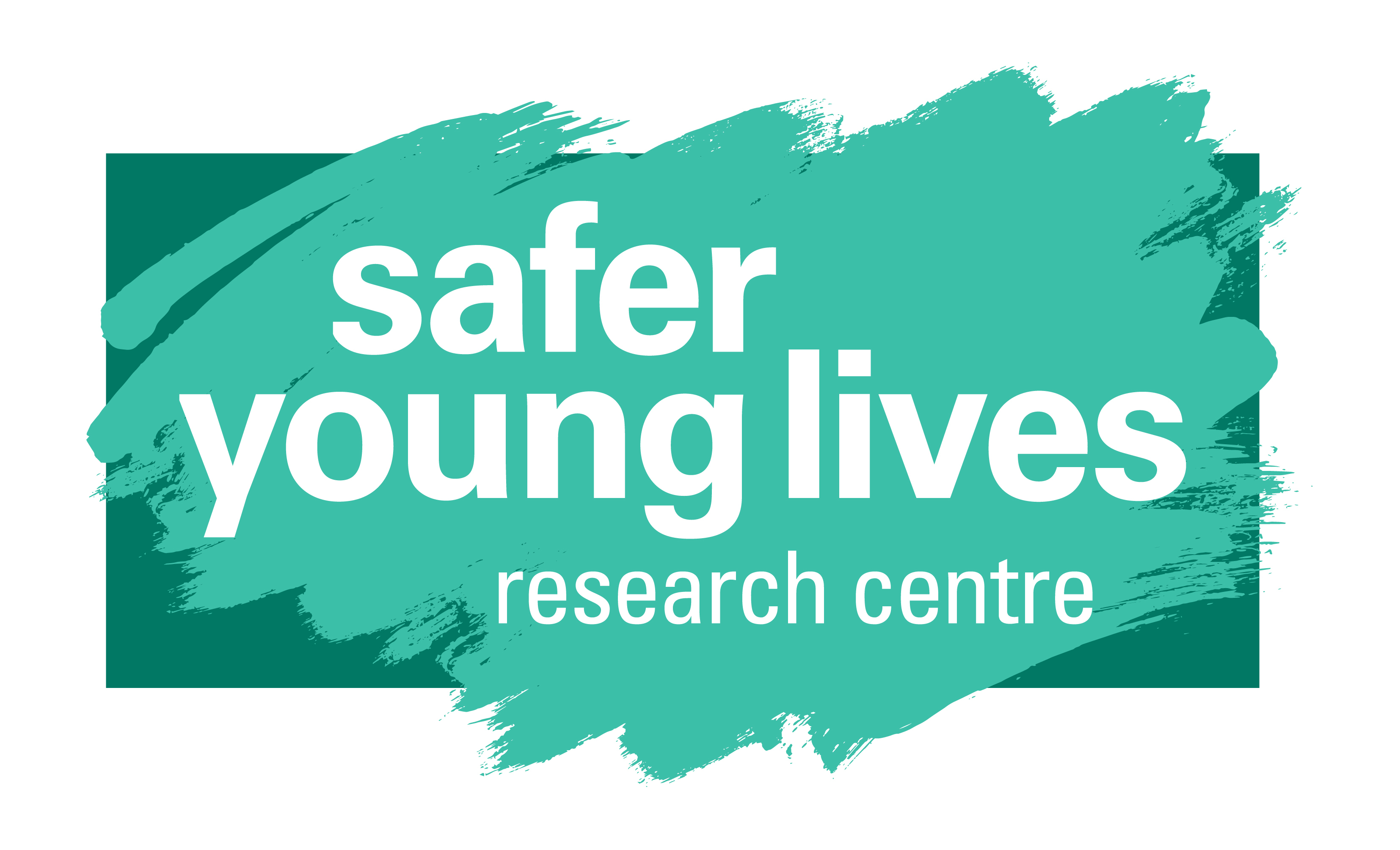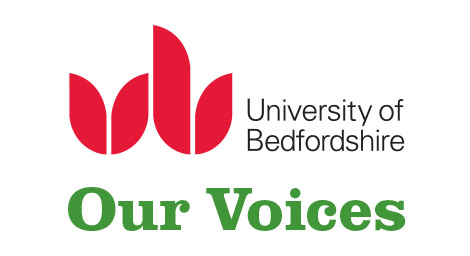Blog: Key learning on the implementation of a youth advocacy project addressing sexual violence

Since 2018 the International Centre: researching child sexual exploitation, violence and trafficking at the University of Bedfordshire in the United Kingdom has been working in partnership with Different & Equal in Albania; the National Center for Child Abuse Prevention (NCCAP) in Moldova and ATINA in Serbia. Facilitators from each organisation have worked together with young people affected by sexual violence who have designed, organised and facilitated a number of advocacy activities addressing this issue in their countries.
This blog summarises the key learning for organisations who may wish to develop a youth advocacy project with young people affected by sexual violence.
What are some of the pre-requisites required when designing a participatory advocacy project with young people affected by sexual violence?
- Careful planning, adequate funding, time and resources.
- Skilled staff who: have an understanding of sexual violence and its impact; have experience, and a commitment to working together with young people; have an understanding of group work; are flexible and open-minded; and are willing to ‘hold’ risk when there are benefits for young people in doing so.
- Ongoing support available for both the young people involved and staff facilitating the work.
- Strong partnership working, open communication, trust and collaboration between facilitators and young people.
How do you remove some of the barriers to participation that young people may face?
- Consider the risks as well as the benefits of including or excluding a young person from engaging in participatory advocacy work.
- Involve the young person concerned in conversations about risks and benefits.
- Ensure that young people are able to give free and informed consent and are not engaging for the wrong reasons e.g. due to loyalty to the organisation involved in the project.
- Tailor support to enable access to participation, for example through providing childcare and paying young people for their time.
How do you ensure that young people are safe and well supported during involvement in participatory advocacy?
- Recognise that talking about sexual violence can be upsetting and put in place strategies and techniques to help to minimise upset. This may include helping young people use distancing techniques, such as talking in the third person, to support them to share without having to identify personal experience.
- Working in a group can be challenging for young people. It is important to spend time at the outset to create a ‘safe space’ which includes setting boundaries in relation to sharing sensitive information in group settings, addressing issues of confidentiality and agreeing on how the group wish to be described to others - noting that this may vary depending on the audience.
- Despite boundaries, some participants will share personal stories and this can be a positive experience for them. This means that group discussions should always be facilitated by trained professionals with support and referral pathways in place.
- Prioritise transparency and trustworthiness. This means that staff need to be honest with young people about what can and cannot be achieved through their work and to engage them in open discussions about outcomes and safety.
What are some of the key lessons from this project for organisations and professionals interested in developing participatory advocacy work with young people affected by sexual violence?
- Participatory advocacy with young people who are perceived to be vulnerable is often seen as ‘too risky’. However, ‘risk’ is an integral part of working with trauma-affected populations. Given the distinct benefits participation can offer, which include addressing the effects of sexual trauma, the focus should be on building capacity to manage ‘risk’ rather than avoiding it altogether.
- Participatory approaches can be an important part of a trauma-informed response to sexual violence for their capacity to promote ‘empowerment’, ‘voice’ and ‘choice’. Creating safe spaces to speak out about sexual violence and offering opportunities to influence decisions as part of participatory advocacy can help young people affected by the issue to regain a sense of control and safety.
- Facilitating a youth participatory advocacy project requires a different skill set from psychological or therapeutic work: expertise in working in trauma-informed ways and experience of facilitating group work are critical.
- Participatory advocacy challenges professionals to think in new ways about ‘safety’, to become more comfortable with ‘holding’ risk, and to consider young people’s strengths alongside their vulnerabilities. Young people are often stronger than we, as professionals tasked with safeguarding, think.
To read about activities and ideas that can support group work in this area, please see the toollkit 'Creating a safe space' developed by Camille Warrington as part of this project.
For more details about this project, and the learning generated, please see the full project report ‘They need to see the people they are affecting by their decision-making’: Developing participatory advocacy with young people on sexual violence in Albania, Moldova and Serbia’ or listen to the podcast summarising some of the learning from the project.
Illustration by Stephanie Drew Davies @drewgrossdrew/@sddavies






